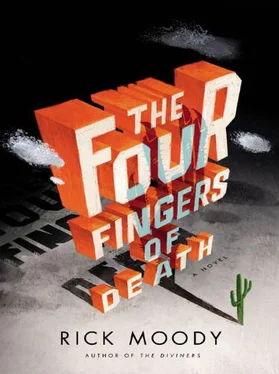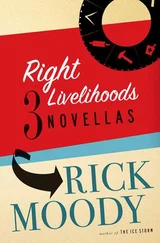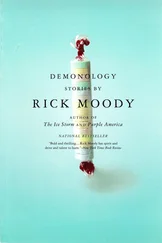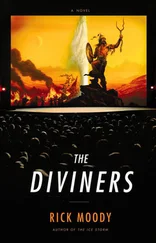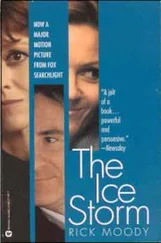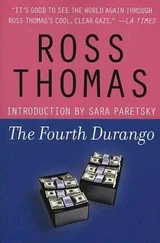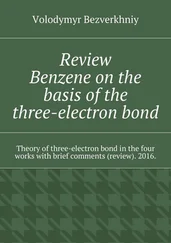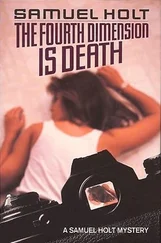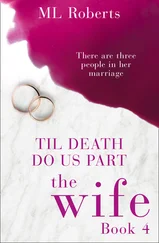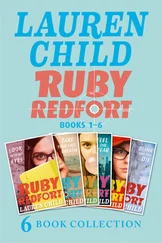Sometimes the conversations got more personal.
“This guy wanted to go to a golf driving range. Like he thought a driving range was so old-fashioned! Like old-fashioned was good . There’s legislation pending, Sue, that would, you know, deed all the golf courses in city limits to the Union of Homeless Citizens. What a great tent community you could set up on those golf courses. No varmints. And this guy wanted to go to a driving range. Are you kidding me? And then he’d probably want me to sit and watch him take shots. When he hit a really good one, I could give him a kiss.”
Not that Noelle had forgotten that the goal with the primates (and it wasn’t just apes; there’d been occasional spider monkeys and rhesus macaques) was experimental . Runaround Sue hated getting her injections — they all did — and the shock of her hatred of needles roused in Noelle feelings of great pity. But she was paid to administer injections, and so she did. Noelle was never entirely certain afterward what the preparation was that they gave to the chimp. With Koo it didn’t do any good to ask. He would offer some rationale heavy with rhetoric: the injection was to test “whether the introduction of computer-enhanced umbilical-cord stem cells, which promoted mild regrowth colonies in paraplegics, could impede brain lesion reproductive events associated with MS.” The kind of language that was found in grant applications, with the solecisms of ESL decorating its obfuscations. Who knew what the experiments measured? Who knew?
What was clear was that from the first injection Runaround Sue got worse. One leg developed a tremor. Then the leg stopped working altogether. In her cage, without Noelle or Larry, the other graduate student, Sue’s expression, as easy to read as if it had been the face of your own grandmother, was fearful and uncertain. But once Noelle entered the cage (as opposed to hiding out on the far side of the two-way mirror), it got even worse. Despite the failure of motor function in her leg, Sue resumed her ill-tempered provocations — to the best of her ability. Noelle, for example, was hit with a fresh, watery helping of stool nearly every day.
Nothing was worse than watching a nonhuman animal suffer. It was a matter of a few weeks before they gave Sue the lethal injection, and in that time there were losses of muscular function and excretory function, accelerated organ failures, you name it. It was exactly like losing someone you cared about. Koo seemed oddly even-tempered about the whole thing, like he knew what was going to happen. But it didn’t make him happy either. He said things like “It is the nature of this life that what dies fertilizes what lives and causes it to grow better. Maybe what is living also makes stronger what is dead. The living and the dead are not so easy to tease apart. This is a braid of mutual dependence, life and death. With technological advances we can improve on these interdependencies.”
Other primates followed; for example, Alfonse, the orangutan, who was pleasant enough, but who had a completely different type of illness (cirrhosis). Then there was the strange case of the bonobo, Cherry, who was just on the far side of adolescence. It was very hard to do experiments upon bonobos, because they were so affable. In general, unless a zoo had a surplus and couldn’t find a place to send an animal, it was not often that you would find a bonobo for sale. Cherry, to make matters worse, took a shine to Noelle. It was a solid ten months that Cherry lived at URB, and in that time Noelle went from being a relatively dispassionate participant in animal experimentation to being a conflicted, miserable participant. Because bonobo civilization is matrilineal. The female bonobos rally against the males; they do what needs to be done while maintaining a leisurely life of food gathering and group sex. It was like life in Rio Blanco, see. Bonobo social life was like the life envisioned by the omnium gatherum . Whose online broadsides Noelle took to printing out for Cherry, when it was convenient to do so.
Noelle would bring in the computer and joystick (Cherry liked anything travel related and was oddly comforted by alpine scenery), and then, while the bonobo was involved with her haphazard web searches, Noelle would read out broadsides about the coming convergence of the idea of the human body with the idea of geology , and how the body and the geologic truth could meet somewhere, and then the body would be better able to withstand vicissitudes of the heart, intermittencies of the human relations. “O citizens of the ever-enlarging desert, join us this weekend for a ritual of bloodletting and passionate ecstatic release to celebrate the coming of the cyborg!”
Noelle Stern could not be sure that Cherry understood. Nor could she be sure that the bonobo comprehended the news articles she read her about nightly blackouts, periodic military exercises in the sky over Rio Blanco, armed uprisings by would-be emigrants, or the restive homeless army that was mustering in town. Experimental method, the stuff of Noelle’s years in graduate school, argued against mythologies or nonempirical belief systems.
The erroneous belief in the appearance of affect in unfeeling nonhuman animals, for example, according to the theorists of post-postmodernist sociology, is a sign of a weakened cultural apparatus. Animals, in an economy of post-historical global interdependence, exist for the dominance of humans, who are their stewards. Animals are a resource, and they exist in a permanent state of mitigated volition because of insufficient processing power. This was written down in the best known pedagogical text on the subject: The Proper Exercise of Power , by Lyman Johns et al. Noelle had consumed it in year one of medical school, and it was with such violent antipathy that she read the arguments there that she kept the book close ever after. She tried reading some of it to Cherry, just to see, and the bonobo took it away from her, ripped out a great number of its pages, and then rubbed her vulva across the embossed dust jacket. Exactly the kind of highly symbolic activity that the book argued against. In this and other ways, Noelle had come to suspect that Cherry was attempting to communicate more directly with her female researcher, perhaps according to the rules of matrilineal bonobo society. A period followed in which Noelle asked Cherry everything, whether to date a certain guy, whom to vote for in the upcoming midterm elections, just to see whether there were genuine responses. A variety of interpretable and ambiguous responses ensued: Cherry offered her part of her meal. Cherry grabbed her in a headlock; Cherry attempted to rub her pudenda, that horrible word, against Noelle.
It was a brutal shock, therefore, when Cherry suffered mortally what was described by Koo, peremptorily, as congestive heart failure. Apparently, there was some kind of long-standing defect. Even more upsetting, it didn’t take the senior faculty member on the project long to spirit away the body. When, in the weeks after, there was a stray foot in the lab that had electrodes attached to it for laser modeling, Noelle was almost certain it was Cherry’s foot. Koo managed to get the foot to wiggle its toes on its own. With no body attached. Other grad students had a good time using the severed foot of Cherry for practical jokes.
Noelle missed Cherry. Missed her like she missed the friends of her high school years. Missed Cherry like she missed the cool air when the 120-plus-degree days of summer came around again. Missed Cherry like she missed a sibling, her brother who had died overseas ten years ago. She missed Cherry, and she wasn’t sure if it would be possible to go on to the next animal, a chimpanzee called Morton. Maybe there was a point at which you just couldn’t go on.
Читать дальше
